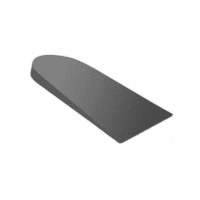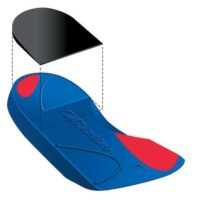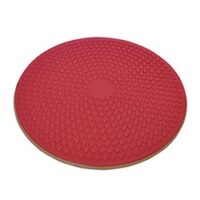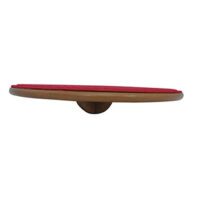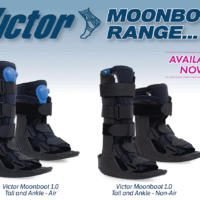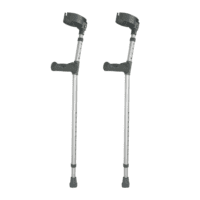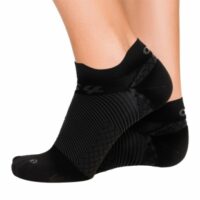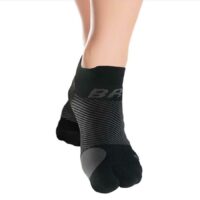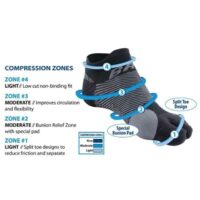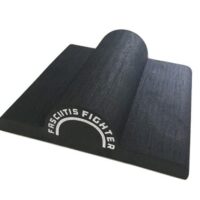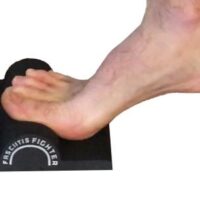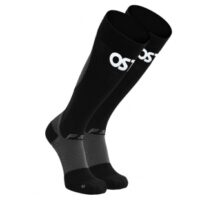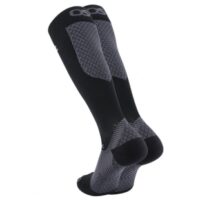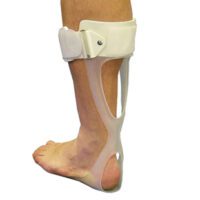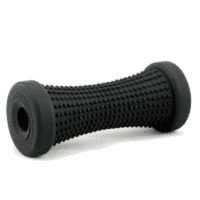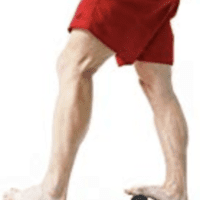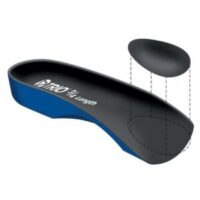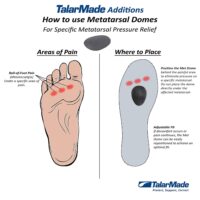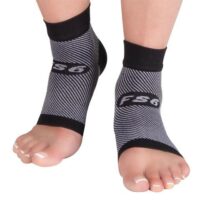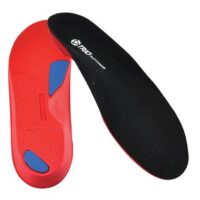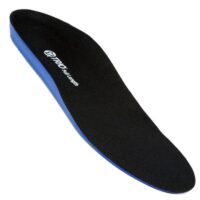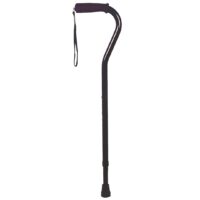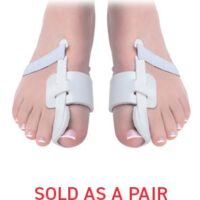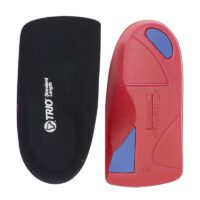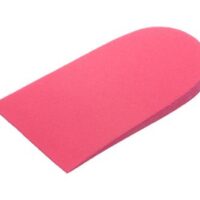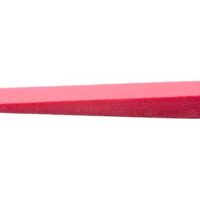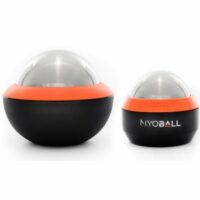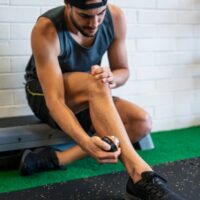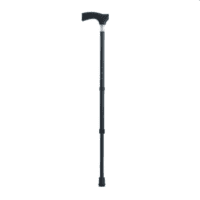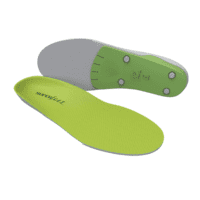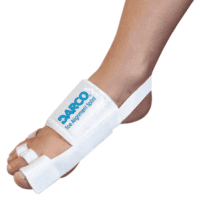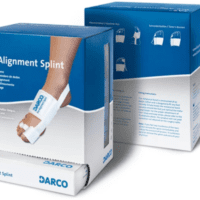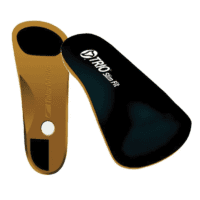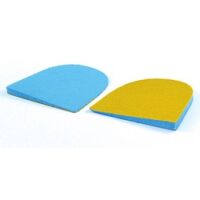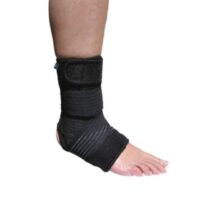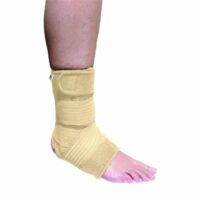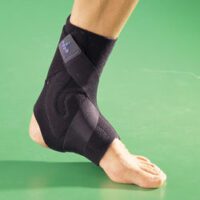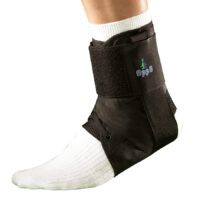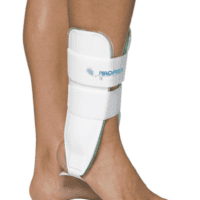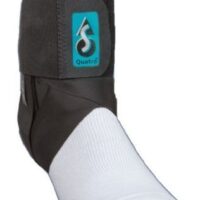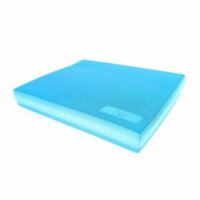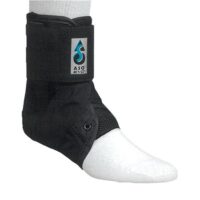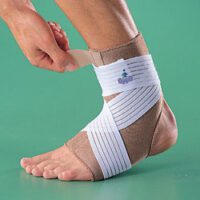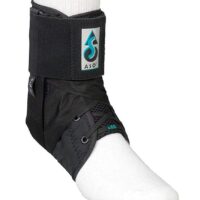Active Foot Posture Correction Exercises
Article by John Miller

Foot Posture Correction Exercises
Suppose you suffer from painful feet, plantar fasciitis, heel spurs, foot pronation or collapsing arches. In that case, you will be interested in the active foot posture correction exercises we utilise at PhysioWorks.
Your foot posture in weight-bearing impacts all your joints and muscles within and above your foot. Poor foot posture can lead to foot, ankle, shin, knee, hip and back pain.
While you are probably aware of orthotics (an arch modification device placed within your shoe), the unfortunate trouble with orthotics is that they are only helpful when wearing shoes. You don’t see too many orthotics on the beach or designer shoes!
Another significant disadvantage is the fact that orthotics are passive support. “Passive” means that something else is holding up your collapsed foot arch that isn’t your muscles. While this may be helpful in the short term, the long-term news is not so good. So what else can fix your fallen arches?
The human body works on the principle of supply and demand. Perform demand on the muscles, e.g. exercise, and your body will grow more substantial muscles. Unfortunately, the opposite also applies. Fail to stimulate your muscles, and they will weaken further.
In simple terms, because your orthotics are doing the job your foot posture muscles should be doing – but don’t have to – your foot posture muscles will progressively weaken over time. The result will be weak foot muscles, further collapsing of your arches or excessive foot pronation. And in case you weren’t aware, Collapsed arches lead to plantar fasciitis, heel spurs, metatarsalgia, shin splints and other torsional injuries further up your leg and even spine pain.
However, There Is Good News!
Active Foot Posture Correction Exercises are an excellent short and long-term method of regaining complete control of your feet and the pain they cause.
After assessing your foot posture muscles, your PhysioWorks physiotherapist will prescribe a graded exercise appropriate for you at that stage. Once you perfect that level of training, you can safely progress to the next level. You’ll regain control of your foot arch muscles within a short period.
Yes. Most people can eliminate orthotics and become pain-free again in a short time.
How Long Does It Take for Foot Posture Exercises to Work?
Like most injuries, everyone will differ. It’s much easier to regain control of partially collapsed feet with only mild weakness than one chronically weak and subsequently deformed, e.g. bunions. Mild to moderate cases typically resolve in 6 to 8 weeks of exercise progressions.
Fatigue means that an orthotic can prevent a total arch collapse and the subsequent pain when your foot muscles fatigue. Severe foot deformities will take longer. Weak foot muscles usually also have poor endurance.
Orthotics. When To Wear?
If you have been prescribed orthotics, we do not recommend that you throw them away. The active foot posture correction exercises aim to wean you out of orthotics. We’ll use your orthotics and gradually reduce the time you spend on them as your foot strength and endurance improve.
More Information About Foot Exercises
Your PhysioWorks team has designed the Active Foot Posture Correction Exercise Program over many years. Don’t be surprised if other physiotherapists are unaware of this successful long-term foot pain solution.
Would you please contact your PhysioWorks physiotherapist trained in Active Foot Posture Correction Exercises? Please seek their professional advice on whether you are a suitable candidate. It usually only takes a few weeks of the correct exercises to regain control of your arches.
Rochedale - Call 38410277
Book Online: RochedaleSalisbury - Call 32751044
Book Online: SalisburySandgate - Call 32691122
Book Online: SandgateCommon Foot Pain Causes
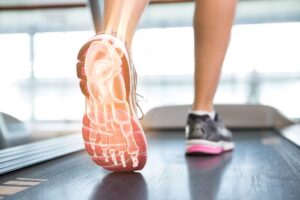

Various factors, ranging from injuries and tendon problems to degenerative conditions and systemic diseases, can cause foot pain. Some common causes of foot pain include foot injuries, plantar fasciitis, bunions, metatarsalgia, Morton's neuroma, tendon injuries, bone injuries, degenerative conditions like arthritis, biomechanical issues, nerve-related sources such as tarsal tunnel syndrome, and muscle injuries.
Certain systemic conditions like fibromyalgia, lupus, rheumatoid arthritis, and psoriatic arthritis can also contribute to foot pain. This comprehensive list covers a wide range of foot pain causes, encompassing different areas of the foot and various underlying conditions.
Foot Injuries
Tendon Injuries
- Achilles Tendon Rupture
- Achilles Tendinopathy
- FHL Tendinopathy
- Peroneal Tendinopathy
- Tibialis Posterior Tendinopathy
Bone Injuries
- Ankle Fracture (Broken Ankle)
- Stress Fracture
- Stress Fracture Feet
- Severs Disease
- Osteochondritis Dissecans
- Heel Spur
- Shin Splints
Traumatic Ankle Ligament Injuries
Degenerative Conditions
Soft Tissue Inflammation
Biomechanical Conditions
Nerve-Related Sources
Muscle Injuries
Systemic Conditions
Soft Tissue Inflammation
Other Useful Information
Rochedale - Call 38410277
Book Online: RochedaleSalisbury - Call 32751044
Book Online: SalisburySandgate - Call 32691122
Book Online: SandgateFoot, Ankle & Heel Pain FAQs
Introduction
Welcome to PhysioWorks' comprehensive FAQ page on Foot, Ankle, and Heel Pain. Our expert physiotherapists are here to guide you in managing and overcoming discomfort. We’ve organised the FAQs into categories, each with a brief overview and links to in-depth articles, making navigation and understanding easier for you.
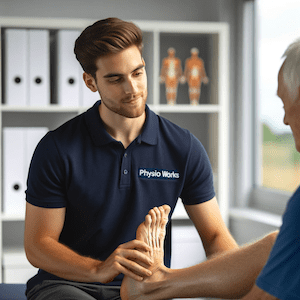

Foot Pain
Step into the various causes of foot pain and learn effective ways to relieve discomfort. Understand the impact of activities like barefoot running.
Ankle Injuries
Explore common ankle injuries and how to address them. From sprains to ligament damage, find out the best practices for care and prevention.
Heel Pain
Uncover the reasons behind heel pain and the effective treatments available. This section is particularly useful for understanding conditions like plantar fasciitis and heel spurs.
Achilles Pain
Find out how to manage and treat Achilles tendinopathy, a common concern for athletes and active individuals.
Shin Pain
Learn about shin splints, their causes, and how to alleviate this common issue, especially among runners.
Youth Injuries
Gain insights into youth leg injuries, including growing pains and heel issues in children.
Balance & Proprioception
Enhance your balance and proprioception with our professional advice and exercises.
Rochedale - Call 38410277
Book Online: RochedaleSalisbury - Call 32751044
Book Online: SalisburySandgate - Call 32691122
Book Online: SandgateRelated Articles
- Sprained Ankle Treatment & Recovery Guide: Offers detailed advice on how to manage sprained ankles, including immediate recovery steps and physiotherapy treatments.
- Ankle Pain: Effective Management And Treatment Options: Discusses various conditions leading to ankle pain and outlines effective treatment strategies, highlighting the role of physiotherapy in pain reduction and mobility improvement.
- Plantar Fasciitis: Provides an overview of plantar fasciitis, including common causes, treatment options, and related conditions like peroneal tendinopathy and Achilles tendinopathy.
- Achilles Tendinopathy: Focuses on the causes of Achilles tendinopathy, its impact on heel pain, and a range of treatment and prevention strategies.
- Ankle Strapping: Complete Guide To Injury Prevention: Explains the benefits of ankle strapping as a preventative measure against injuries, with a focus on techniques and materials.
- Heel Pain: Explores various causes of heel pain, including tendon injuries, foot injuries, bone injuries, and systemic conditions, alongside recommended treatments.





